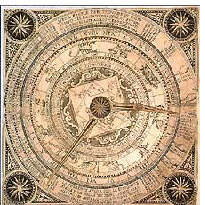When one thinks of books from their childhood, pop up/movable books normally come to mind. Although they were not originally a part of the children’s genre, they have evolved into something that has become a major aspect of it. Many books have been adapted into some form of a pop up or movable book, including Beatrix Potter’s Peter Rabbit (seen above).
Movable and mechanical books of various forms actually came before the traditional printed texts. The mystic and poet Ramon Llull used a set of revolving discs to express his work in the 13th century. From there, people began using flaps and slits for books on nature, anatomy and other scholarly topics. It wasn’t until the 18th century that these movable, or pop up, books were designed for children’s purposes.
During the 1800s, Dean & Sons publishing firm became a leading producer for movable books, using hand made mechanics with cut-outs placed behind each other to give it that three dimensional look. Over the years, other designers found various methods to making the pop up or moving effect. Everything from tabs and hidden levers to layers of paper and blinds has been used. Yet most methods must be assembled by hand.
Today, with the advances in technology giving us tablets, movable books have had to adapt. Now, one can buy an app of certain books, including Peter Rabbit, which allows the reader to interact and move things within the illustrations themselves. Instead of a piece of paper popping up from the page, aspects of the illustration can “pop” out from the main image and move with the tap of a finger. Given how easy it is to damage a traditional pop up book, I can imagine more books going to this.







